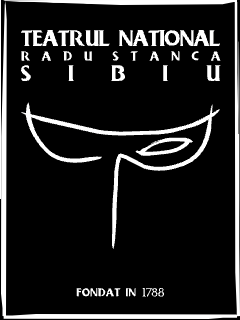Translation: Eugen Gyemant
Original Music: Vasile Şirli
Scenography: Dragoş Buhagiar
Assistant director: Eugen Gyemant, Sanda Anastasof
Assistant scenographer: Iuliana Gherghescu
Face designer: Minela Popa
Music preparation: Vlad Robaș
Make-up: Ana Maria Vlad, Alexia Marcu
Project manager: Claudia Maior
Marketing coordinator: Eliza Ceprăzaru
Cast: Ofelia Popii, Iustinian Turcu, Dana Taloş, Adrian Matioc, Diana Văcaru-Lazăr, Cristian Stanca, Diana Fufezan, Raluca Iani, Mariana Mihu – Plier, Adrian Neacşu, Pali Vecsei, Vlad Robaș, Emőke Boldizsár, Cristina Stoleriu, Alexandru Malaicu, Codruţa Vasiu, Serenela Mureşan, Johanna Adam, Cristina Ragos, Cendana Trifan, Antonia Dobocan, Veronica Arizancu, Arina Ioana Trif, Fabiola Petri, Gabriela Pîrlițeanu, Monica Vîlcu, Ioana Cosma, Cristina Blaga-Tomuș, Oana Brânzan, Eduard Pătrașcu, Mihai Coman, Viorel Rață, Liviu Vlad, Cătălin Neghină, Ștefan Tunsoiu, Andrei Gîlcescu, Horia Fedorca
Strobe lighting effects used during this performance can cause seizures in persons who may suffer from photosensitive epilepsy.









